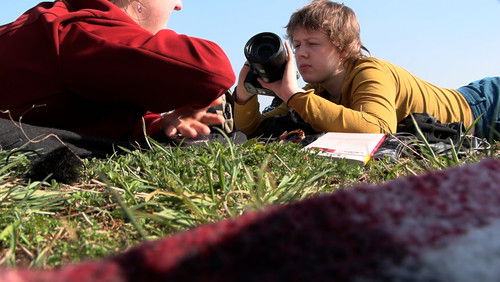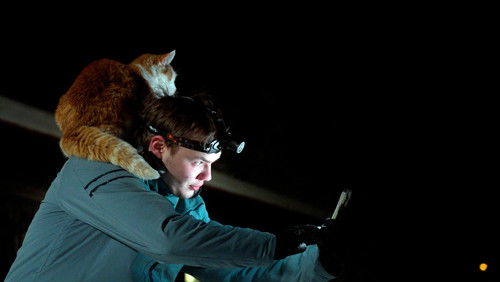Symphonie der Wolkenkratzer (Short 1929)
26KSymphonie der Wolkenkratzer: Directed by Robert Florey. A montage of the skyscrapers of Manhattan opens with a succession of stationary views of the upper portions of numerous buildings. This is followed by a wide variety of fluid shots, which also begin to show more and more of the surrounding city, in addition to the skyscrapers themselves.
“Robert Floreyu0026#39;s u0026quot;Skyscraper Symphonyu0026quot; is a creative and effective example of the distinctive u0026#39;city symphonyu0026#39; genre that was rather popular in the 1920s, the most familiar example being Walther Ruttmanu0026#39;s excellent feature set in Berlin. This one is shorter and simpler, with a series of images that really is arranged in a fashion quite similar to that of a short symphony, in that it could almost be said to have three u0026#39;movementsu0026#39;, each with its own feel and photographic style. The overall effect is interesting in establishing a distinctive tone for its study of skyscrapers.u003cbr/u003eu003cbr/u003eIn the first couple of minutes, all of the shots consist of stationary views, always looking up, creating a sense of cold majesty. Then, the middle part of the movie shows a sometimes jangled variety of images and camera angles, and it begins to show some other subjects in addition to the skyscrapers. The last part then aims to build a kind of synthesis between the two contrasting segments.u003cbr/u003eu003cbr/u003eThe effect works even better if you watch it two or three times, to allow the images to sink in a little. Whether intentional or not, the middle part in particular is effective in communicating a sense of smallness, and even a bit of anxiety, in the midst of all of the tall buildings. The angles and the irregular motion of the camera are sometimes almost enough to make you dizzy. It also shows quite a bit of creativity, in making an inherently static subject become a source of such reactions.u003cbr/u003eu003cbr/u003eThis is certainly the kind of movie that would be watched primarily for the sake of appreciating its technique and its imaginative approach, rather than for action or for an involved story, since it doesnu0026#39;t really have either of those things. But it succeeds quite well at what it aims to do, and it displays some real skill in accomplishing it.”









